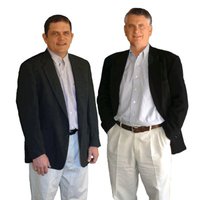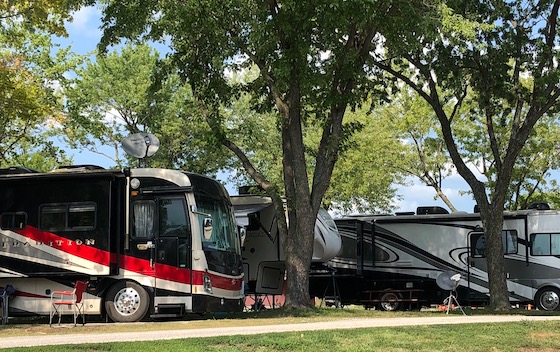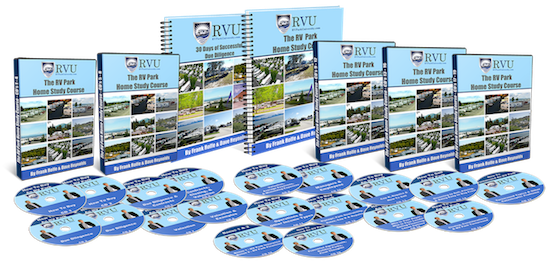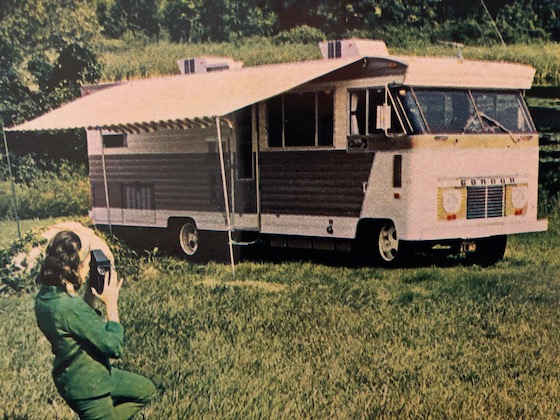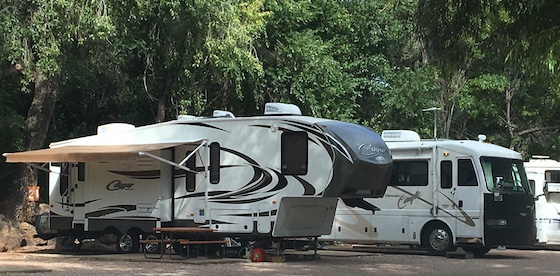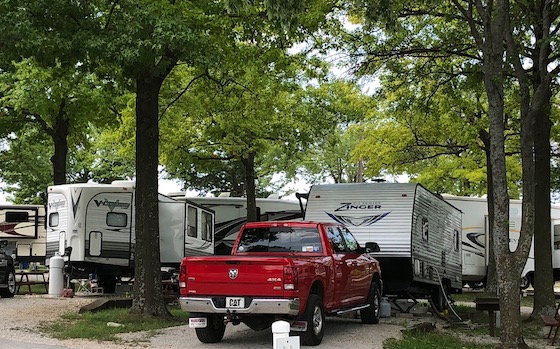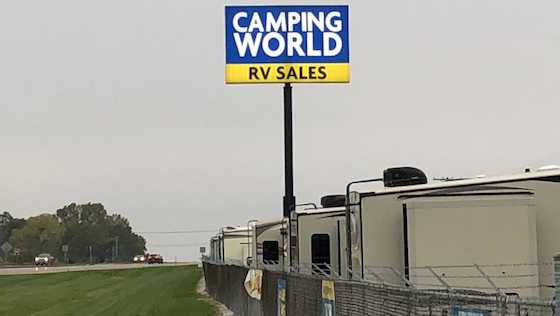The word “investment” is defined as “the process of investing money for profit or material result”. And RV park investing is no different. Your success or failure is counted in dollars and cents, as well as ratios to define your results. So here are the key metrics or terms in RV park investing that you need to know.
EBITDA
This term stands for “Earnings Before Interest, Taxes, Depreciation and Amortization”. But what does that mean? It essentially means the net income of the property before your mortgage, depreciation write-offs and your personal taxes. It does not mean that you do not include the property tax for the RV park. The word “Amortization” is the one that throws off most people, and that word means the principal portion of your mortgage payment (as opposed to interest portion). When somebody says “my RV park has an EBITDA of $84,000 per year” that means that the true net income of the property is $84,000.
Cap Rate
The “Cap Rate” of an RV park is best thought of as a fraction: the EBITDA of the property over the total cost of the property. For example, if the property has an EBITDA of $84,000 per year, and a total cost of $1 million, then the Cap Rate is $84,000 divided by $1 million = 8.4%. Cap rates are a basic measure of comparison between RV parks, and commonly used by buyers to quickly sort those deals that fit personal financial objectives. For example, an RV park buyer may say “I only buy deals with 10% cap rates or better” and that is used as a sorter of available deals. The danger in sorting strictly by cap rates, however, is that many of these ratios can be immediately impacted by better management, and you may lose out on many great deals. We have bought RV parks at 5% cap rates and then doubled those returns quickly by improving occupancy – all the time buying the property at a fraction of its value based on good management.
Spread
This term represents the difference between the Cap Rate on the deal and the interest rate of the mortgage. In general, a 3-point spread will lead to 20% Cash-on-Cash returns (see definition below) which is a standard goal of most RV park buyers. For example, if you buy an RV park at a 9% Cap Rate and obtain a mortgage at 6% interest, then you have a 3-point spread. With interest rates probably heading up one more point under the Federal Reserve, it’s important to buy right now with a healthy Spread to accommodate one more point of increase. Other times, you can easily increase the Spread with higher occupancy, higher rents, or lower operating costs.
Cash-on-Cash
“Cash-on-Cash” represents the ratio of return on your down-payment (which is typically a range of 10% to 30% of purchase price). For example, let’s assume you put down $200,000 on that $1 million mobile home park with an $84,000 EBITDA. Your mortgage interest rate is 5.4% on the $800,000 loan. So here’s how you calculate the Cash-on-Cash return. Your interest on the loan is $43,200. So your Cash-on-Cash return is EBITDA $84,000 minus $43,200 = $40,800 divided by $200,000 down payment = 20.4%. That’s pretty impressive, given the fact that the Cash-on-Cash return on a CD at the bank is currently 2% (basically ten times better).
Cash-Flow
This number represents what cash flow you have after paying the mortgage. It’s different than Cash-on-Cash because your principal pay-down of the mortgage is still counted as income (although some people call it “enforced savings” since you don’t get it back until you pay off the mortgage). Given the above example, the Cash Flow would be the EBITDA less the interest on the note = $40,800 then lowered by the principal portion of the note (estimate $26,000) = $14,800. While this is still an impressive return on your $200,000 down payment (7.4%) it’s a reflection of what money you have to put in your pocket as opposed to the total net profit. Under Cash-on-Cash definition, you are banking that $26,000 per year.
Conclusion
Just as baseball has its own terminology such as RBI, RV parks have their own basis for comparison between deals and results. If you want to be a successful RV park investor, it’s important that you understand these basic terms and their meaning.
